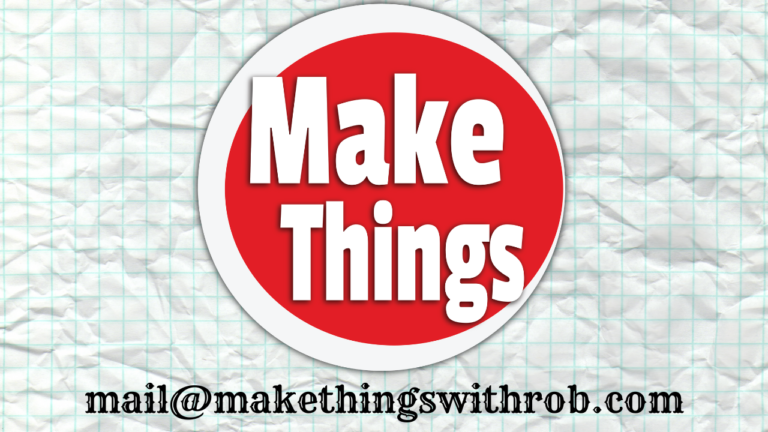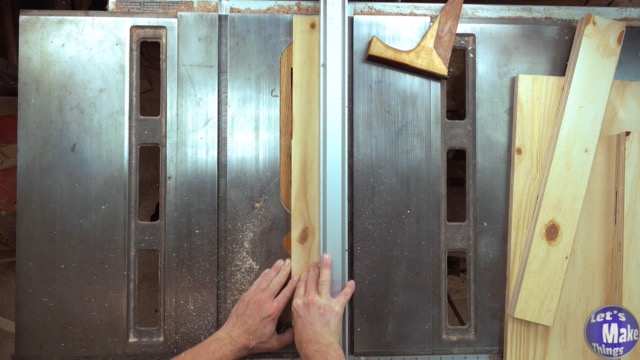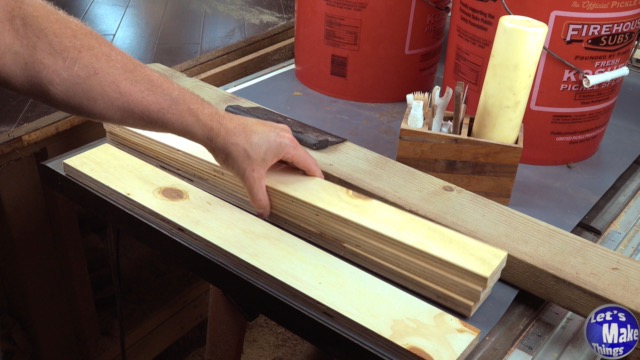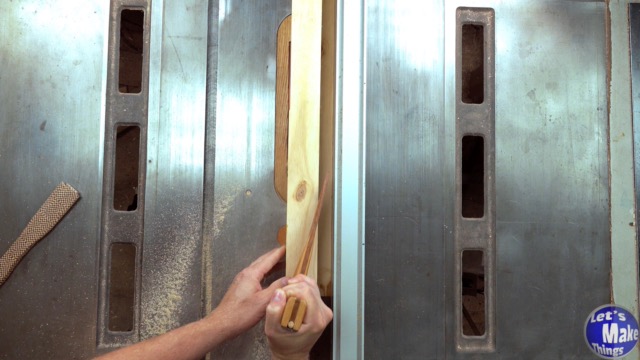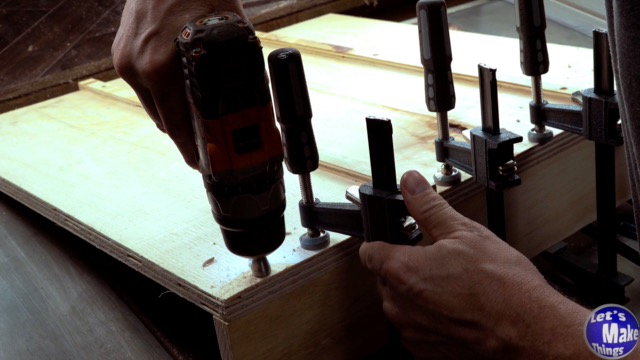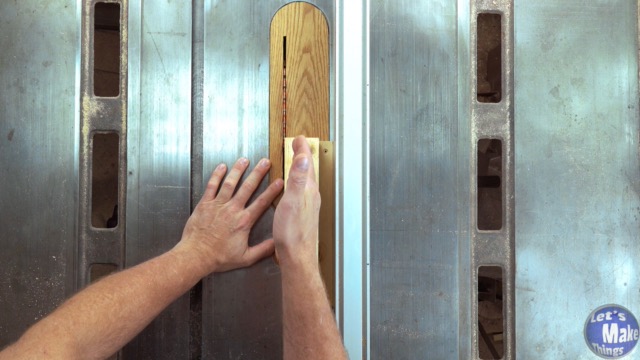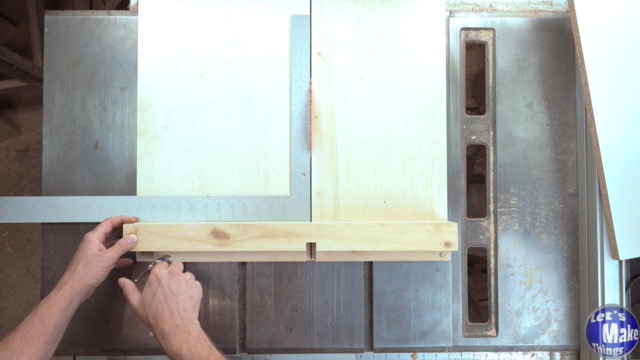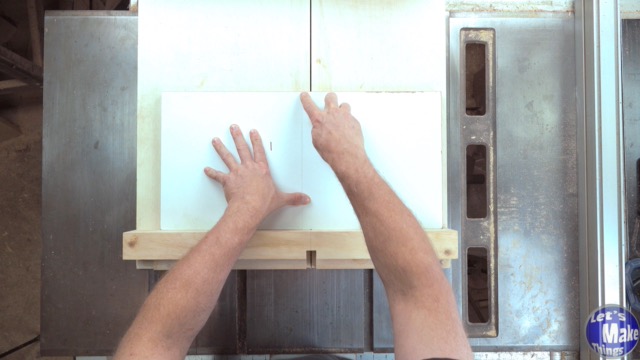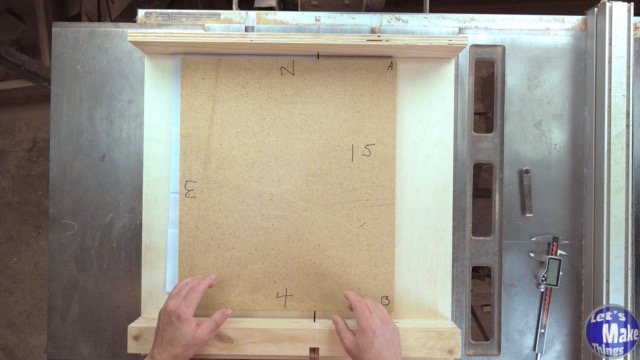Simple table saw sled
August 28th, 2024
A sled is essential for ensuring accuracy and safety, giving you a stable platform to make consistent and clean cuts. In this step-by-step tutorial, I’ll show you how to build what I believe is the easiest and best table saw sled. I’ll also demonstrate the two step and five step method to making sure you get the most precise 90˚ angle with your fence and the blade.
ATTENTION: These plans are yours to use…they are offered as a gift from me to you. You have every right to use them to make this project for yourself, but please, do not sell or give these plans away as your own. I make absolutely no money off of these so I would appreciate those who view these plans to abide by basic copyright laws.
watch all steps in this video before starting
Please use the material and tool list below as a guide to finding the products locally.
Materials
(2) 3/4″ x 24″ x 24″ Plywood panels:
- (3) 3/4″ x 2″ x 24″ Plywood (front fence)
- 3/4″ x 3″ x 24″ Plywood (front fence)
- (2) 3/8″ x 3/4″ x 24″ Plywood (runners)
- 3/4″ x 3 1/2″ x 24″ Plywood (back fence)
- 3/4″ x 3 1/2″ x 7 1/2″ Plywood (safety piece)
- (10) #8 x 3/4″ Flat head screws
- #6 x 1 1/4″ Flat head screws
- (4) #10 x 2″ Flat head screws
- Spacers (I used pennies)
- Polyurethane aerosol (optional)
- Wood glue
Tools Needed/used
- Table saw (with miter gauge)
- Drill
- Router with a v-bit (optional)
- Marking gauge (optional, but oh so nice)
- Clamps
- Carpenter square
- Machinist square
- Feeler gauge (optional)
- Yardstick
- 5/32″, 1/8″ Drill bit
- Counter sink bit
As an amazon associate I earn from qualifying purchases.
Step by step instructions
1. Material breakdown
This entire project can be made with just two sheets of 24″ x 24″ plywood from your local hardware store, but be sure it’s 3/4’s of an inch. The only major tool you’ll need is a table saw and a hand drill.
We’ll make the rails, four parts of the front fence as well as the back. The rails should move smoothly, but should be snug enough that there isn’t any back and forth play.
2. Gluing rails and fence
Both rails will now be added to the
The four parts of the fence are laminated together in this step, with the widest piece the piece that will be laid next to the base. While it would be great if we lined up all the 3 pieces together with the edge of the 4th, it’s not completely necessary (although you should, of course, try to).
The rails will be glued to the bottom of the sled by adding a bead of glue and then something heavy to the top, like a couple buckets of water.
Tip Jar
If you found any errors on the page, please use my email below and contact me!
